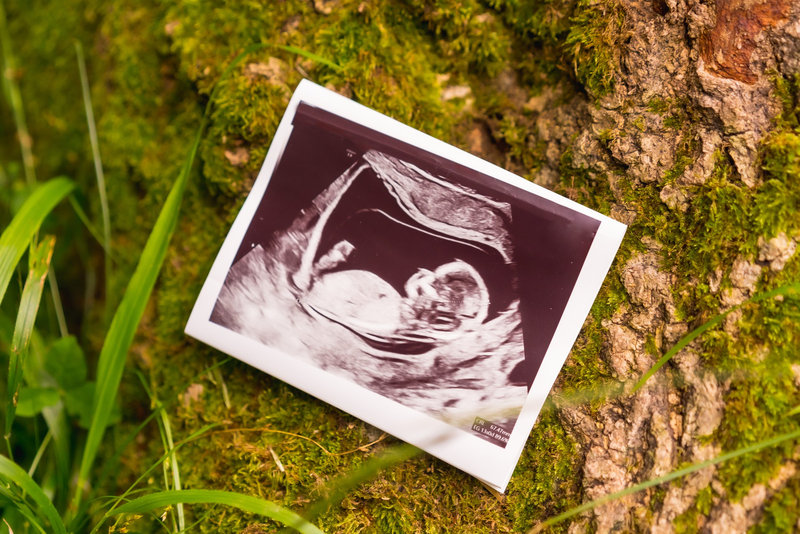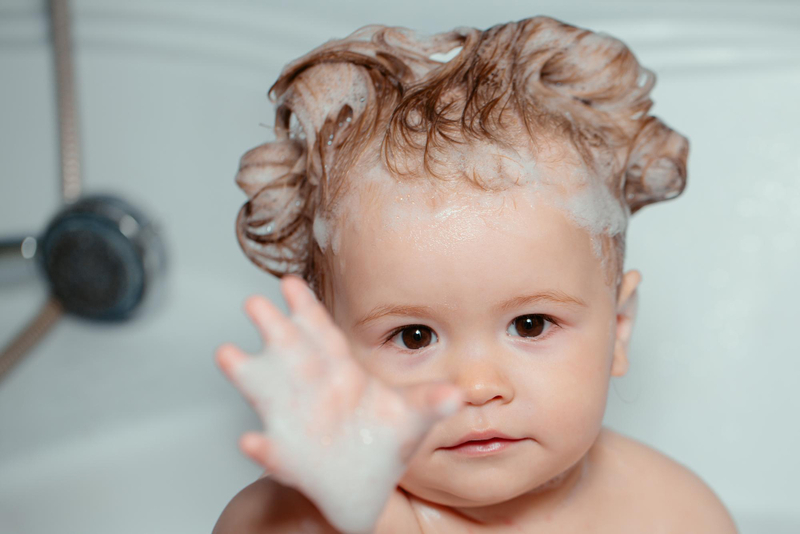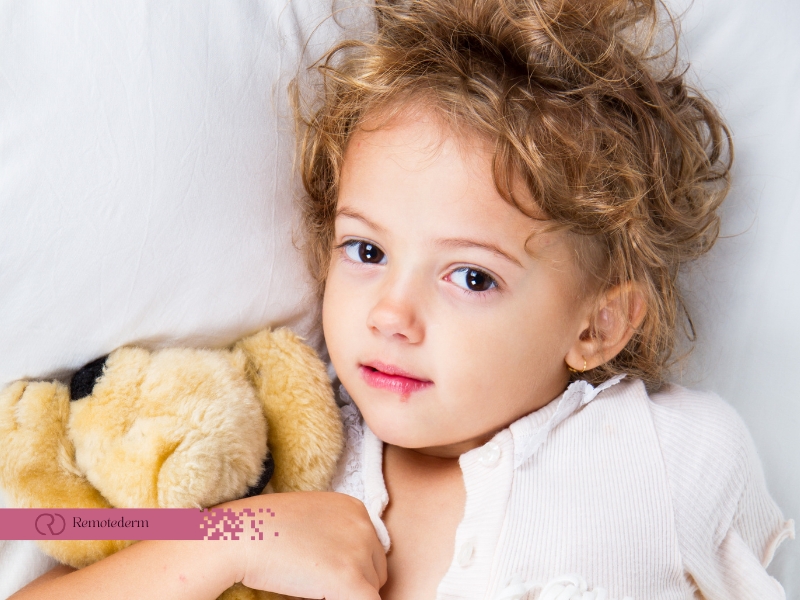Cold sores in babies, arising from the virus called herpes simplex (HSV-1) are communicable and pose great difficulty since their immune system is still developing. This article is about the development of cold sores, their symptoms, treatment, and prevention.
What Causes Cold Sore in Babies?
Cold sores among infants occur as a result of the herpes simplex virus type 1 (HSV-1), which is primarily transmitted via physical contact, such as kissing. To be fact, cold sores are mostly known to adults only, but the virus can also be embraced by infants and toddlers. The falling scenario may explain the situation:
- When someone has an active cold sore, and there is a direct contact (e.g., kisses).
- Utensils, towels, or toys that are shared and carry the virus.
- Close interaction in daycare places.
Are Cold Sores Common in Babies?
Cold sores are rarer in babies than in adults, but they can still occur and be passed on through contact with someone carrying the HSV-1 virus. Babies have weaker immune systems which make them more vulnerable to cold sores, and although usually, these show up after the first year, infants can also get them if they are exposed early.
Can Babies Get Cold Sores in the Womb?
Although the occurrence of herpes in the womb (congenital herpes) is quite rare, babies can contract it. However, if the mother has an active infection, she can also pass it during birth, which can cause serious complications for the newborn.

Cold Sore Symptoms in Babies
In most cases, cold sores in babies result in small blisters filled with fluid that are found near the mouth or lips. Nevertheless, the symptoms may be somewhat different in the case of babies:
- Gums that are red and swollen: The first symptom may be the redness or swelling in the gums.
- Upset and fussy: The sores can make the baby uncomfortable that can result in his crying and irritability.
- Fever: In some instances, a slight fever may be experienced by the babies.
- Blisters on or around the mouth: These blisters may burst, crust, and then heal.
Cold Sore Stages in Babies
Cold sores in babies go through several stages, just like in adults. Below is cold sore stages in babies:
- Tingling and itching: Before blistering, the area may feel itchy or uncomfortable.
- Blister creation: The blisters are small, filled with fluid and they appear around the lips or mouth.
- Oozing and crusting: The blisters burst, so the sore oozes liquid and crusts over the blister.
- Healing: The sore will scab over and heal by itself in 7 to 10 days.
How to Get Rid of Cold Sores in Babies’ Mouth
Treating cold sores in babies is a caring and careful matter. It is very important to see a pediatrician for the exact guidance, but here are some more treatment methods:
- Topical antiviral creams: These may shorten the duration of the outbreak. Consult your pediatrician first before using any medication on your baby.
- Keep the area clean: A soft washcloth and warm water are all you need to sheepishly try out the area around the cold sore.
- Pain relievers: Pain relievers like acetaminophen may help relieve discomfort. Again, use this only if your doctor directs you to.
- Avoid spreading: Try not to touch the sore and wash your hands often to avoid transmission of the virus.

How to Hide Cold Sore in Babies
A cold sore in children need not be hidden but if you are worried about the look or want to prevent the baby from rubbing it, here is how to hide cold sore:
- Keep the area clean and dry.
- Dress your baby in loose-fitting clothing that doesn’t cause friction with the sore.
- Use soft bibs to avoid contact with the sore.
Preventing Cold Sores in Babies
Prevention of the issue is particularly important for infants when it comes to protecting them from cold sores. Cold sores are extremely contagious so you should follow these guidelines to minimize the risk of an outbreak:
- Practice good hygiene: One must ensure hands are regularly washed after every contact with the baby.
- Don’t share items: Besides all of this, it is advisable to avoid sharing things like cutlery, washcloths, towels, and even pacifiers with the person who has a cold sore.
- Avoid close contact: In case of someone who has an active cold sore, try not to let them kiss or come near a baby.
- Daycare precautions: If your baby is in daycare, tell supervisors to be particularly watchful of other children who might potentially transmit the virus.
Are Cold Sores Dangerous for Babies?
Herpes can pose higher risk to infants, thus possibly resulting in high fever, quiescence or difficulty breathing symptomatology and doctors’ attention should be sought immediately when detecting cold sore on infants.
Final Thoughts
Cold sores in babies are controllable, but they do require careful treatment to avoid complications. Prevention is first and foremost: be careful about exposing your baby to people who have cold sores, let your baby use their own towel to avoid germs, and consult your doctor when you notice any signs. Cold sores, though rare, can happen to babies; however, with quick and accurate treatment, you’ll be able to see your child feel better sooner.
FAQs
Can teething cause cold sores in babies?
No, teething is not a reason for the cold sores. The herpes simplex virus (HSV-1) is connected to cold sores, which are different from teething symptoms.
Can breastfeeding transmit cold sores to a baby?
HSV-1 is generally not transmitted via breastfeeding, except in cases where there are active sores on the breast. If you have any doubts, it is best to get a doctor’s opinion.
Is it possible for a baby to be immune to cold sores?
Infants can get some antibodies from their mother, yet they are at risk of herpes virus which is easily transferable, especially when the baby gets direct contact.
How long do cold sores last in babies?
In babies, cold sores usually get healed within a period of 7 to 10 days. Nevertheless, the herpes virus stays in the body and may become active again in the future.
